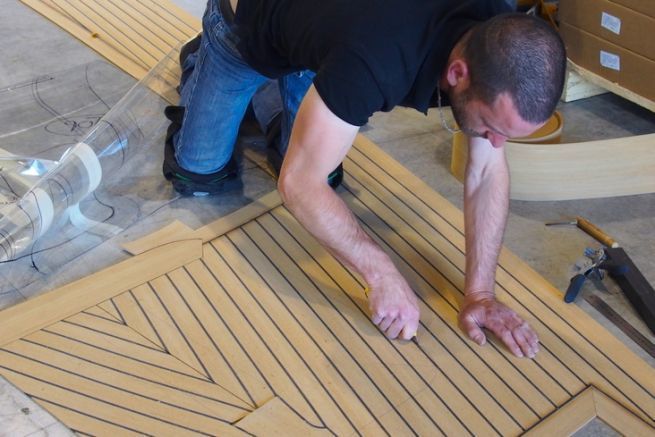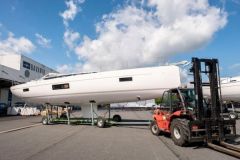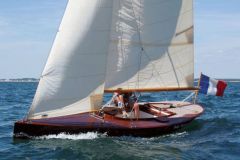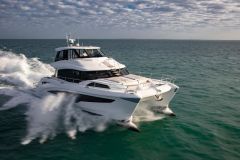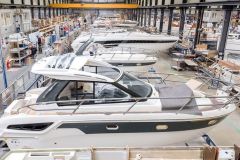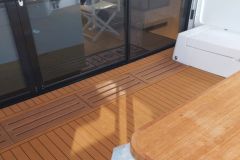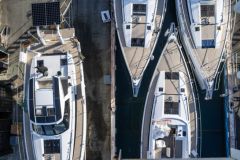A deck covering brings a real aesthetic plus to the boat. It also improves the thermal and phonic insulation, but also the grip under the sole. We wanted to know how the panels are made. The surprise was to discover craftsmen who cut the elements one by one, and assemble them as the carpenters of yesteryear did.
Teak in rolls
The Bonaventura Yachting workshop, which opened the doors of its workshop in Dompierre-sur-Mer in Charente Maritime, works with Flexiteek, a PVC extruded by a Swedish company. It comes in strips that are cut, fitted and welded to form panels, which are then glued in place.
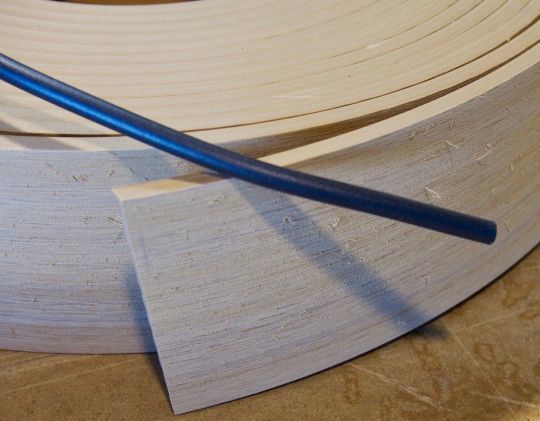
Templates to measure
It all starts with a careful drawing of templates on the boat, using transparent plastic sheets. Everything is traced on it: the shape of the deck of course, but also the location of the fittings or the covers. These templates are carefully preserved and avoid repeating this tedious work each time for production boats.
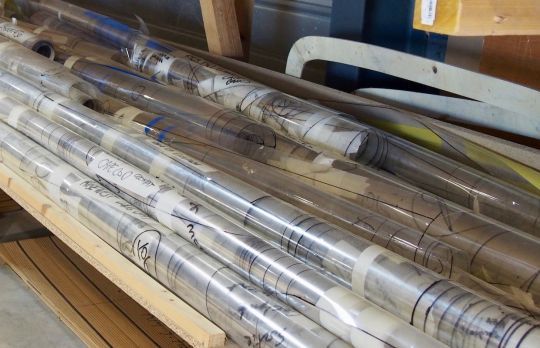
Assembled the old fashioned way
Based on this full-size drawing, the operator begins by cutting the strips of "false teak", in which he machines rabbets to receive the "joint", a PVC cord, welded in this groove. By assembling the "slats", he creates the main panels, which he then cuts to add borders, frames and finishes.
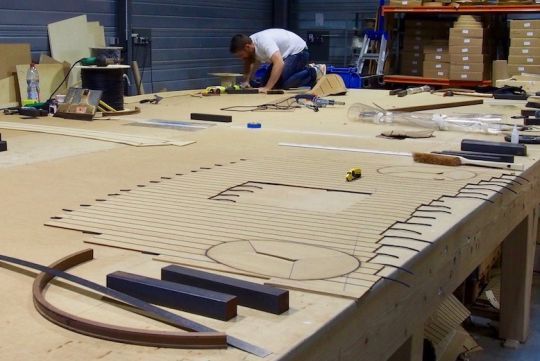
Traditional tools
The traditional aspect of this work is amazing. The tools are simple and common: cutter, plane, soldering gun, weights to hold the pieces in place... The welding is done with an electric flashlight with a special tip, which guides the bead and heats it to 380°C. The bead is then trimmed with a tamping knife. When the entire panel is assembled, it is turned over and re-welded on the underside.
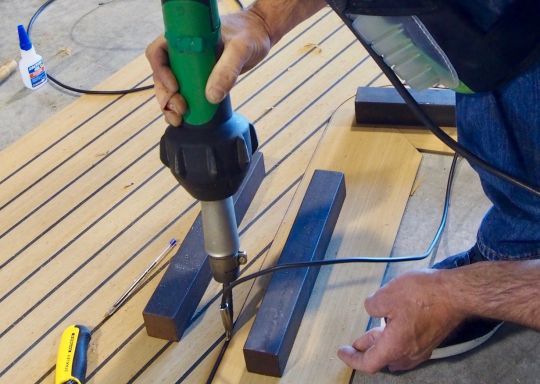
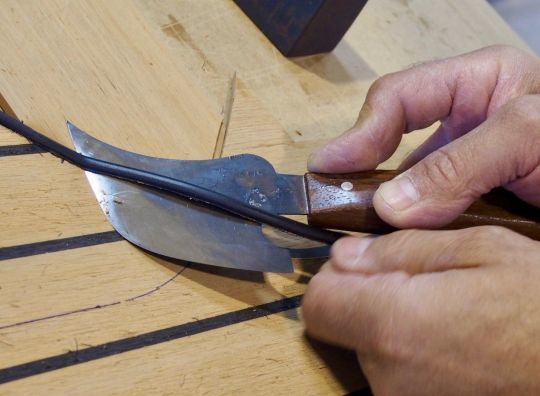
Solid and aesthetic
No deafening noise, no complicated machines. Around the gigantic cutting table, a dozen or so workers are busy cutting, adjusting and welding the parts for the deck linings. These panels are intended to cover both production boats and custom renovation projects. The result is impressive, both in terms of aesthetics and resistance.
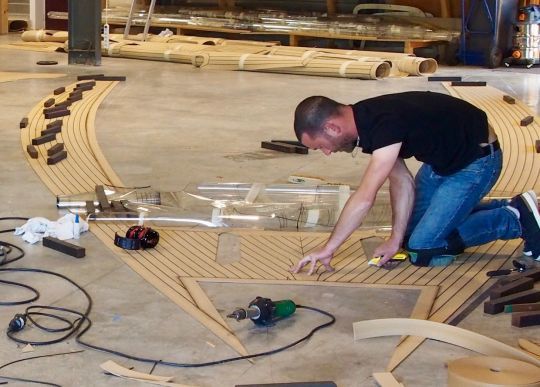
A quick installation
Most of the production is delivered to shipyards, but the workshop ensures the realization and the installation for the individual orders. The advantage of this type of coating is that it can be installed afloat and does not require the boat to be immobilized for more than a few days. It is necessary to count between 400 and 500 euros of the m² according to the number of parts and the time of installation. In the end, it is a beautiful product, hand-made and with an aspect as noble as its natural wood counterparts.
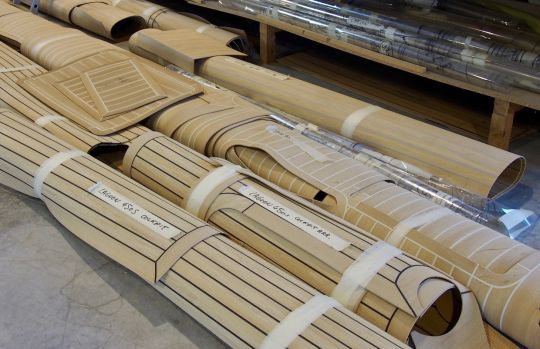
The PVC used as a base for these creations is scratched, which gives it good anti-slip qualities. The only maintenance required, every 5 years or so, is a coarse sanding to give it back some relief.
